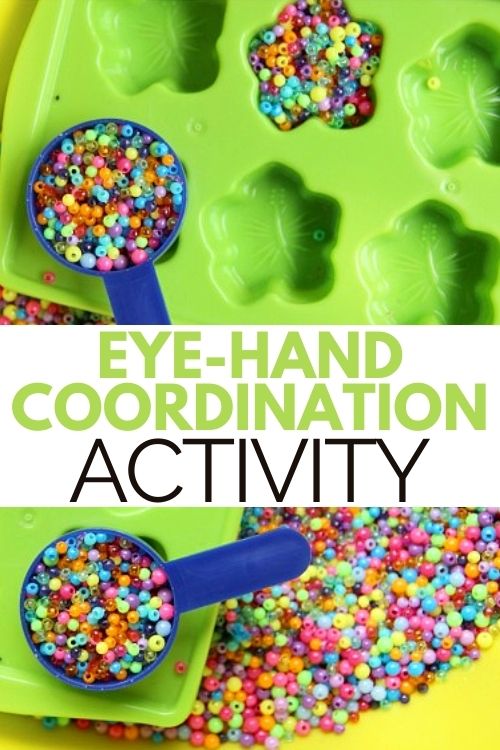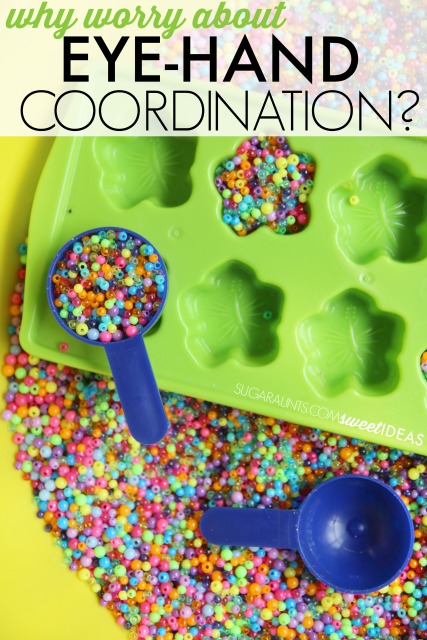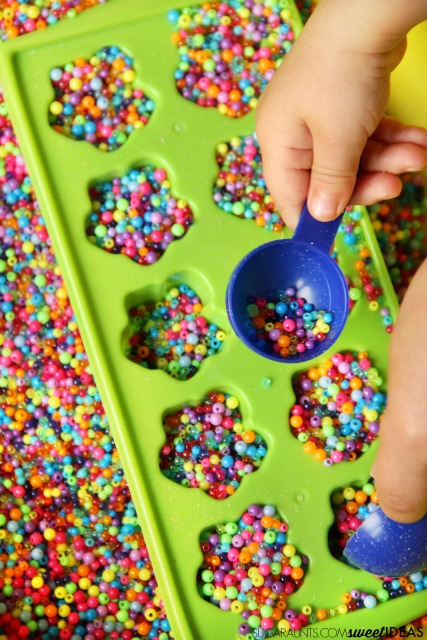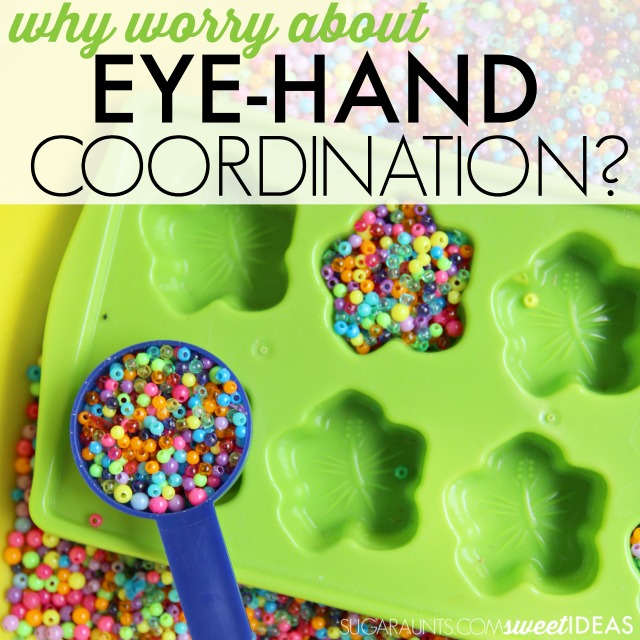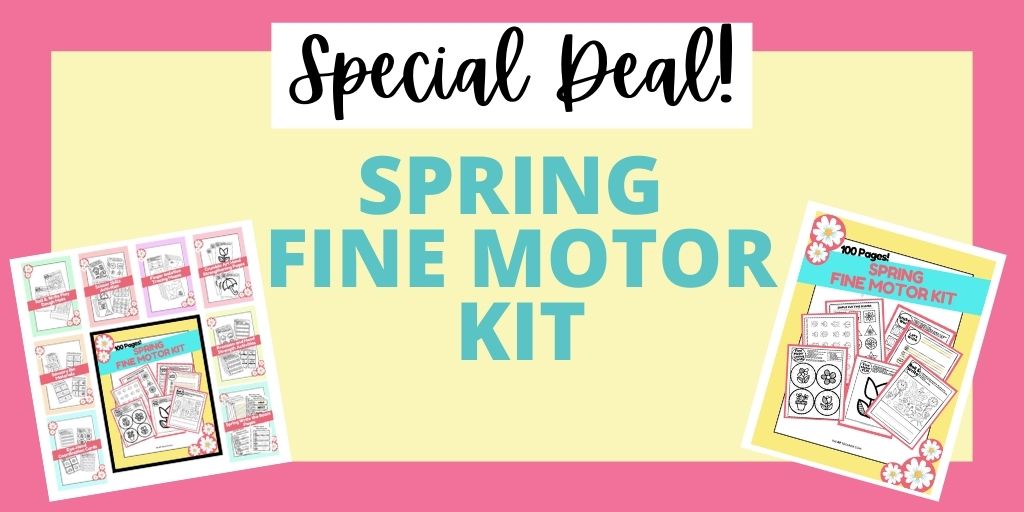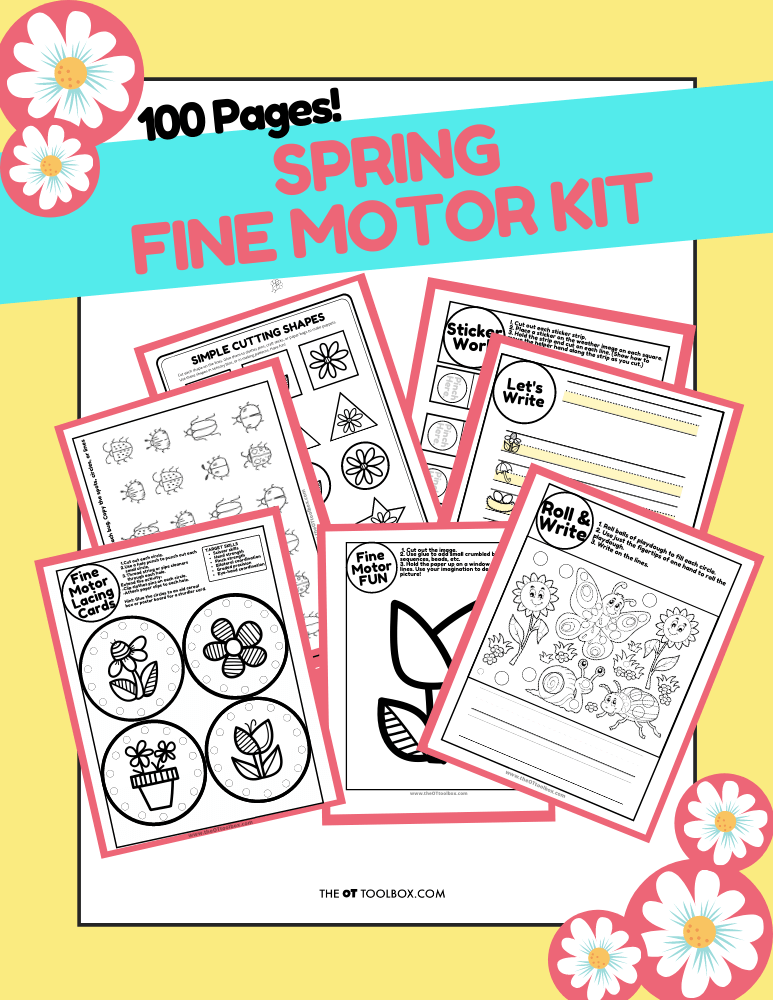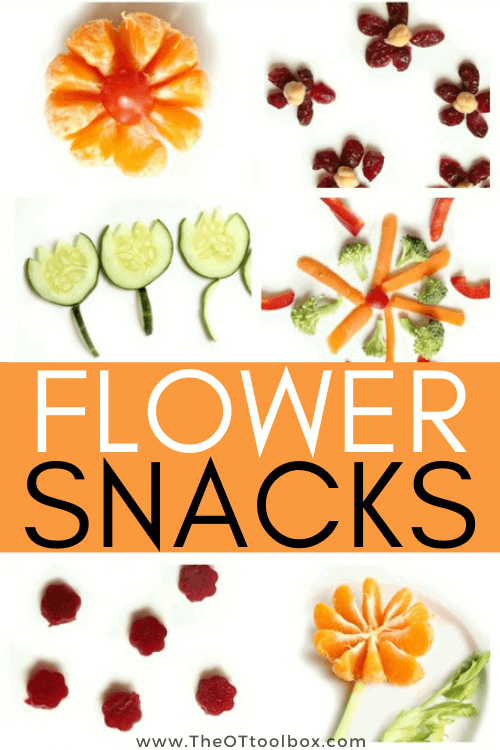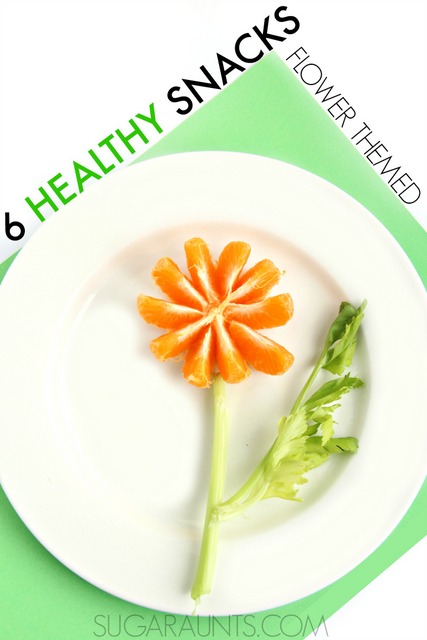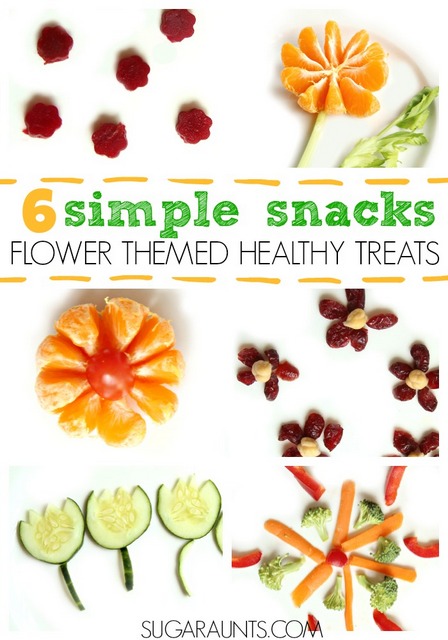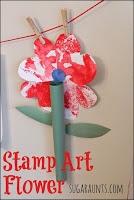Visual schedules are a tool that help kids in so many ways. As an adult I am constantly writing notes on post it’s to remind me to do things. It helps to be organized. When a child is learning to sequence, they may forget steps. A visual schedule is a great way to increase a child’s independence with toileting, that way they don’t have to rely so much on you for every step. A visual schedule is used to help guide them in learning the sequence of steps.
Whether you are thinking about tools to support needs with sensory strategies at school or you are even thinking about back-to-school sensory activities, a visual schedule is a great addition to your toolbox.
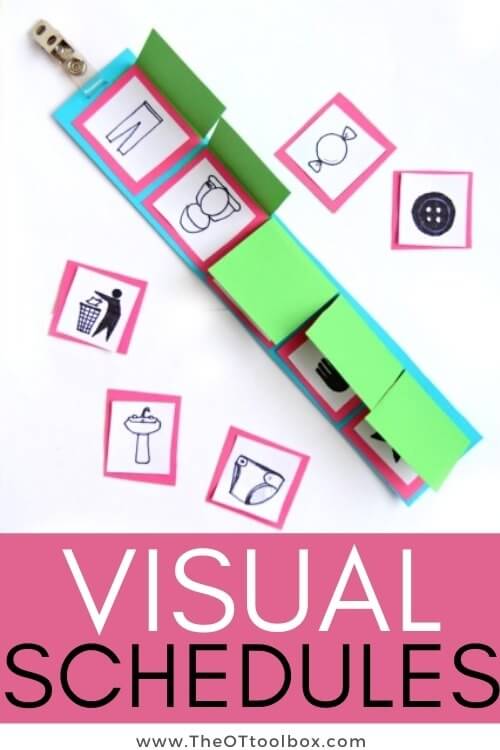
What is a visual schedule?
A visual schedule is just what it sounds like, a schedule or sequence, that uses pictures. Now the pictures used can by real photos, often I will take pictures with my phone an then print those out to use them. Or you can use clip art. A visual schedule is a way to show a child the beginning of a task and the end of the task. Visual cues that show a specic task can be beneficial for many children, of all ages, abiliies, and cognitive levels.
Visual prompts are helpful in teaching the steps of toothbrushing.
Visual schedules can help with toilet training.
Schedules can get kids organized an on time for morning routines.
Or, visual schedules can be used to plan and schedule sensory diet activities.
Visual checklists can be used for classwork, assignments, or chores.
Visual schedules can be used in specific ways like in a school sensory room.
You can use a visual schedule with any multistep functional task or during a series of tasks. Visual schedules are helpful in the classroom, home, in the community, or during therapy sessions. Other tasks such as homework assignments, projects, recipes, or multistep activities can work well with visual prompts.
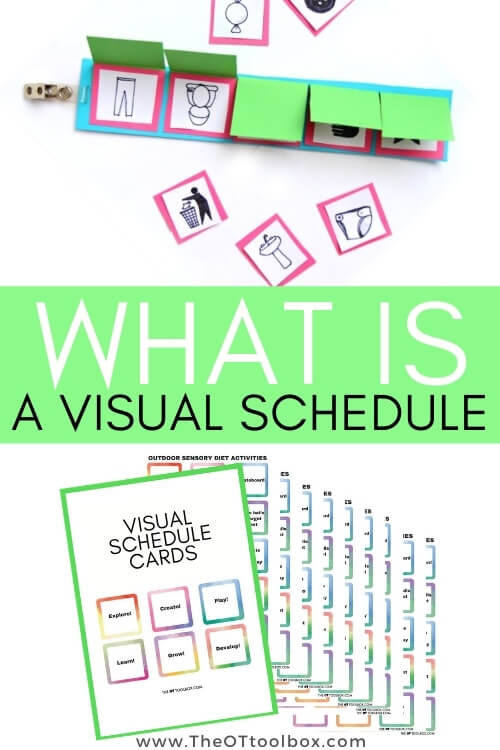
Reasons to use visual schedules
There are many reasons to use a visual schedule
- Visual schedules can be used with all levels and abilities.
- Visuals are consistent.
- Visual schedules can reduce worries and anxiety by offering a constant direction.
- Visuals allow time for language processing.
- Visual prompts can offer a visual image and written word to meet the needs of a variety of student’s abilities.
- Visual schedules can promote self-confidence after success
- Visuals can help your child with transitions and know “what’s next”.
- Visuals help your child see what you mean.
- Visual prompts offer a chance to order tasks to take away impulse control.
- Visual cues offer strategies to impact planning, prioritization, working memory, organization, attention, and other executive functioning skills.
- Visuals help to build independence.
- Visual prompts can be flexible.
- Visuals are transferable between different places.
- Visuals have no tone.
How to use a visual schedule
Other students benefit from a checklist of sorts. This can occur with a visual description of the activity or task or simply a list of actions that are to be completed. An example would be toileting. You can start with 2 visuals and work up to as many visuals as needed.
Pictures can be made into a visual schedule. You can cut the pictures out and then glue them to a piece of paper and have it in the bathroom, showing your child the exact sequence of steps.
Remember lots of praise and encouragement with visual schedules, especially when setting up a plan.
For functional tasks like shoe tying, getting dressed, or toilet training, you can have the child pull off the picture each time they complete a task and put it in the “all done” envelope or you can just point to the steps as they do them.
If you want to be more specific and break down a task even more you just add more pictures for the steps. Here is an example of a handwashing visual schedule, which is great for children who often forget all the steps to handwashing.
Another way to get a child to participate in toileting is to use a first then schedule. You put what the task is you want them to do, and the “then” would be the reward. For example, I would say, “First you go to the bathroom, then you get to play ball”.
If you have tried a visual schedule and your child is having some behaviors I would suggest reading this article Attention and Behavior considerations in Toileting and Potty Training the Child. Sometimes there many be other factors that contribute to difficulty with step-by-step tasks such as toilet training.
Visual Cards
If adding sensory processing activities to a sensory diet or just to incorporate calming and regulating sensory input into daily activities is necessary, try adding these visual schedule cards into the day-to-day.
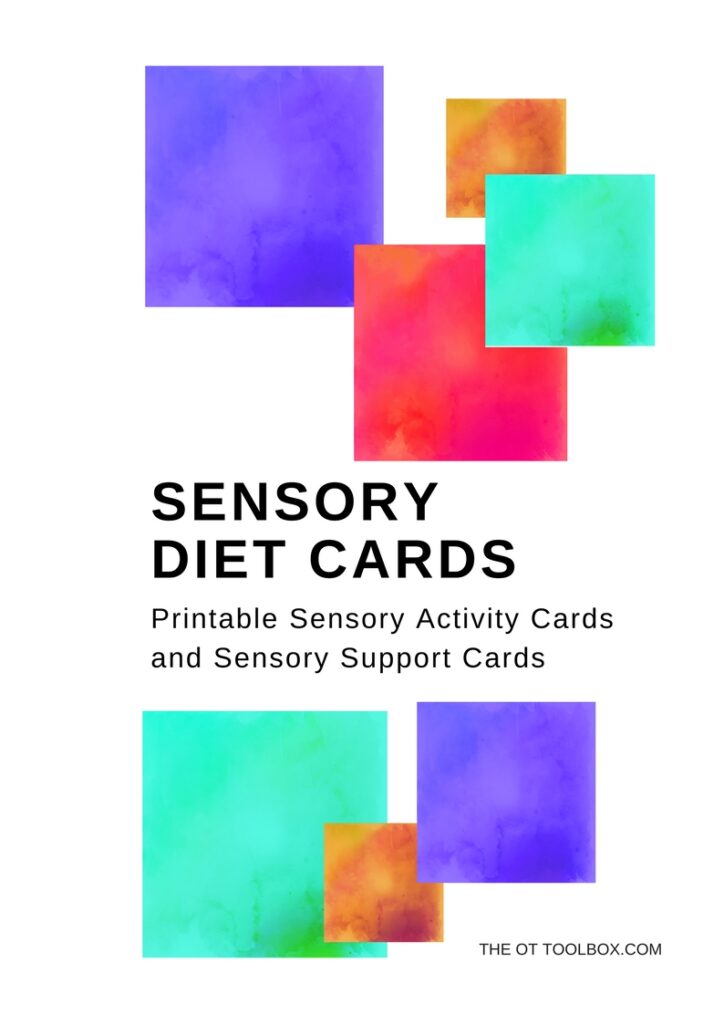

About Christina: Christina Komaniecki is a school based Occupational Therapist. I graduated from Governors State University with a master’s in occupational therapy. I have been working in the pediatric setting for almost 6 years and have worked in early intervention, outpatient pediatrics, inpatient pediatrics, day rehab, private clinic and schools. My passion is working with children and I love to see them learn new things and grow. I love my two little girls, family, yoga and going on long walks.


